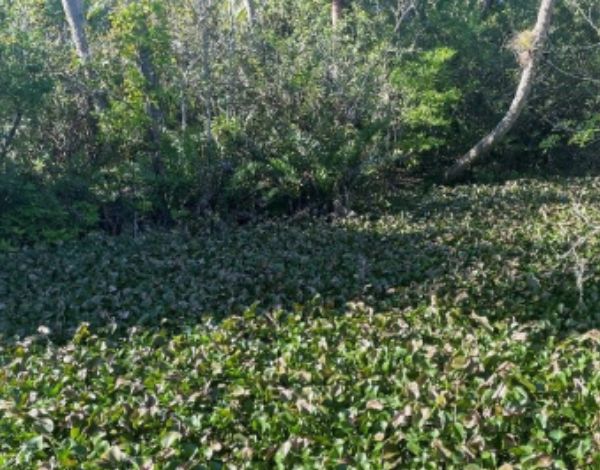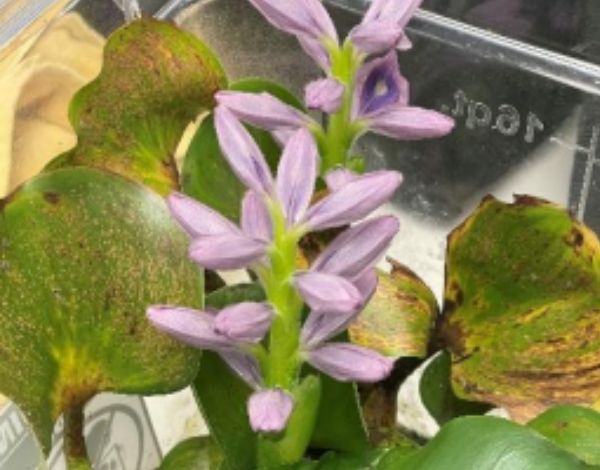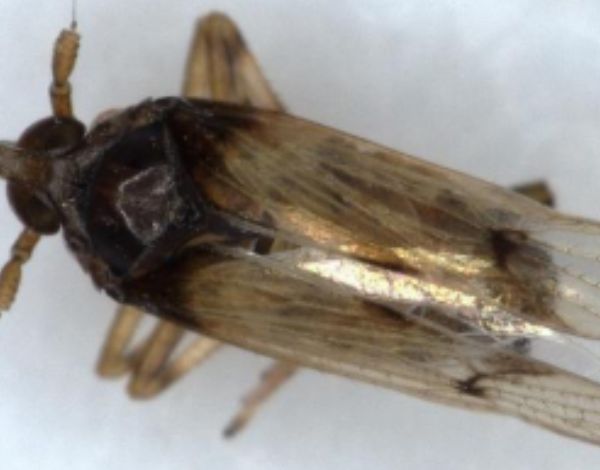Water Hyacinth
Water hyacinth, Pontederia crassipes Mart. Solms, is an aquatic plant belonging to the family Pontederiaceae (Williams, 2006). It is a fast-growing plant that floats on water producing a beautiful, purple flower which makes it attractive for use in ornamental ponds and garden pools (Tipping et al., 2011). Water hyacinth is native to South America and has become one of the world most invasive aquatic weeds (Gupta & Yadav, 2020; Williams, 2006). It was first introduced into United States in 1800. Water hyacinth causes extensive damage by covering large water bodies, altering aquatic habitats by reducing dissolved oxygen levels and light penetration and blocking access to agricultural and recreational activities (Moran et al., 2016).



-and-Neochetina-bruchi-(right).jpg)


